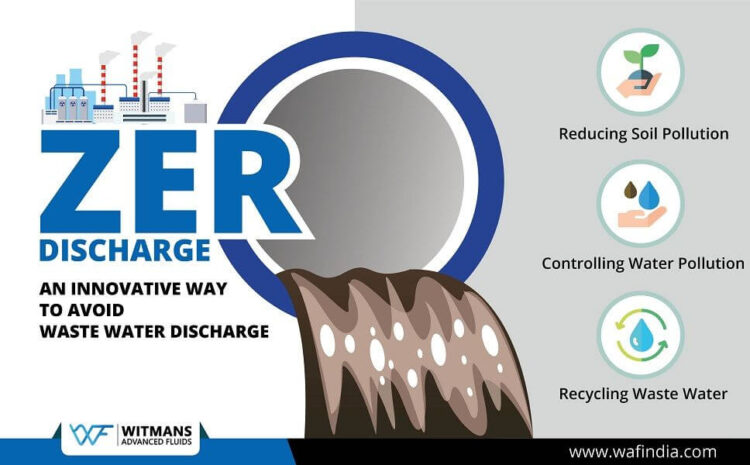
ZLD Solution To Zero Liquid Discharge For Hazardous Industrial Waste
Hazardous chemicals are let out in humungous quantities from the textiles and apparel industries in the form of hazardous waste. Many NGOs, environmentalists and government agencies have started taking the responsibility of reducing the amount of waste discharge under their belts.
Owing to this stringent move, the industries are now working towards coercing the R&D departments to come up with greener solutions that will help them produce organic products.
Owing to this stringent move, the industries are now working towards coercing the R&D departments to come up with greener solutions that will help them produce organic products.
Short History
With the uproar of Zero Liquid Discharge (ZLD) initiative in the recent times, industries have started taking it seriously and are considering adopting the initiative as a foolproof plan for a better and safer discharge of waste.
In India, the unnerving event in a city in South India where a petition was filed against more than 700-dyeing units and were held responsible for discharging hazardous waste into farmlands and rivers. Since then, ZLD, a sustainable step towards a greener tomorrow was mandated.
In India, the unnerving event in a city in South India where a petition was filed against more than 700-dyeing units and were held responsible for discharging hazardous waste into farmlands and rivers. Since then, ZLD, a sustainable step towards a greener tomorrow was mandated.
Merits of the Initiative
• The surrounding land and soil are in no way affected adversely. The salinity, pH and alkalinity or the soils stays as is, even though constant maintenance and regular check-ups are required.
• The ecology of the waterbody stays unimpacted and hence, the living species with them are also safe and sound.
• More water is recycled and hence, there cannot be a better way to conserve water.
• The ecology of the waterbody stays unimpacted and hence, the living species with them are also safe and sound.
• More water is recycled and hence, there cannot be a better way to conserve water.
Recommended : Importance of Water Softener in water treatment
In order to attain total ZLD, the recovery of water and salt must be separate time to time. The reuse must be monitored and made sure that the impurities do not undergo reactions of any sort with each other, causing further convolution in the whole process.
Highly equipped industries, both on the research manpower and machinery front, will be able to sustain the cost and maintenance of the process.
WAF believes in the initiative and has realized its potential to keep the surrounding lean and free from hazards. This will only result into a world devoid of water or land pollution.
With intensively vivid team of researchers and ultimate backup in machinery, WAF has a very robust water treatment plant that maintains the quality and uses the resources wisely. One of the major flaw of the initiative is large amounts of solid waste formations, which is also taken care by WAF keeping the ecology and health of the environment.
In order to attain total ZLD, the recovery of water and salt must be separate time to time. The reuse must be monitored and made sure that the impurities do not undergo reactions of any sort with each other, causing further convolution in the whole process.
Highly equipped industries, both on the research manpower and machinery front, will be able to sustain the cost and maintenance of the process.
WAF believes in the initiative and has realized its potential to keep the surrounding lean and free from hazards. This will only result into a world devoid of water or land pollution.
With intensively vivid team of researchers and ultimate backup in machinery, WAF has a very robust water treatment plant that maintains the quality and uses the resources wisely. One of the major flaw of the initiative is large amounts of solid waste formations, which is also taken care by WAF keeping the ecology and health of the environment.